The Bad Luck Boys On Powder River
An excerpt from Dorothy M. Johnson’s "The Bloody Bozeman: The Perilous Trail to Montana’s Gold"
Prelude:
Two or three weeks after the setting forth of two groups of gold seekers, with their belongings on pack horses, a smaller party, only three persons, rode off in the same general direction, toward the Yellowstone River, but for another purpose. They were going to mark the way that became known as the Bozeman Trail. They were John M. Bozeman, age 26, John M. Jacobs, a squaw man who had been in the mountains for many years, and Jacobs’ half-Indian daughter, age seven or eight.

John Bozeman’s idea that people bound for the gold fields needed a new, shorter route was sounder than he could have guessed.
While he and his partner, John Jacobs, were finding and marking their road to get wagons to Bannack, Alder Gulch opened its riches—and Alder Gulch was 70 miles closer for emigrants along the Bozeman Trail.
The next year, 1864, Last Chance Gulch was discovered, and Helena sprang up there. In 1865 there were probably 18,000 white persons in Montana, as contrasted with the 500 during the first winter after discovery at Bannack.
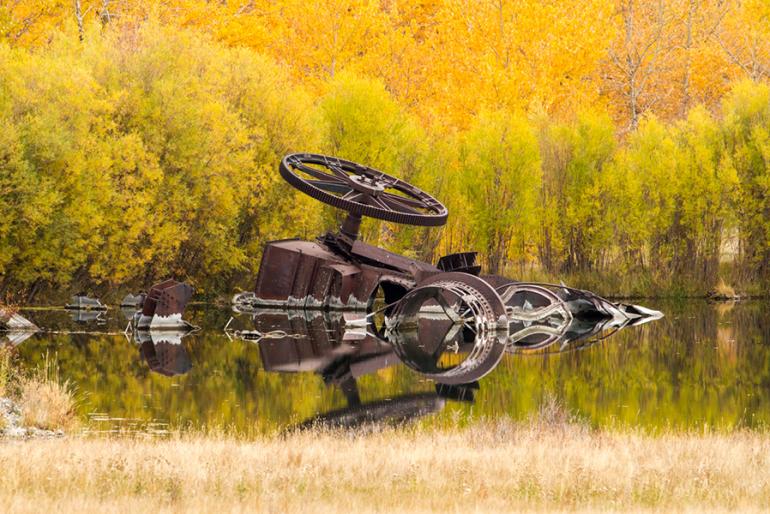

There was all that gold to be had, and Bozeman’ s road went to it, and there were thousands of men anxious to get the gold or to raise crops or freight merchandise to serve the miners. There was also, at long last, the end of the Civil War. The United States Army was all through fighting Rebels. Now it could get busy with the Indians who defended the Powder River country and blocked the Bozeman Trail. The Indians had done more than that. They had stopped all movement across the plains on the great Emigrant Road for a while in 1864.
The Army, what there was left of it after a lot of weary veterans went home, was now free to fight the redskins. Citizens intent on bettering their condition by going to Montana demanded that the Army do so.
What’s a government for if it doesn’t help the people get what they want?
Marching around in the Powder River country in the summer of 1865 were two ill-fated expeditions. One was commanded by Brigadier General Patrick E. Connor, whose assignment was to punish the hostiles so they would have to keep the peace and leave the Bozeman Trail open. The other, authorized by the Department of the Interior, was a civilian road-building crew with a military escort. Boss of this expedition was James A. Sawyers, a Sioux City man who had been a lieutenant colonel in the Iowa militia. His job was to find and build a wagon road from Sioux City to Virginia City.
Bozeman’s road cut off some hundreds of miles from the old route, along the Oregon Trail and up through Idaho; Sawyers’ road would be even shorter and did not involve the old Oregon Trail at all. Emigrant wagons and freighters would move west from Sioux City, whose merchants hankered for the profitable outfitting business that was enriching Omaha.

General Connor had distinguished himself in the war with Mexico, emerging as a captain of dragoons. He went back to civil life but left it again when the Civil War broke out. As Colonel of the 3d California Infantry, he learned a great deal about Indian fighting. He was a hero to frontier settlers and traders after he soundly defeated a combined group of Bannacks and Shoshones at the Battle of Bear River in northern Utah in January, 1863.
Major General G. M. Dodge said something unintentionally funny in one of his letters giving orders to Connor about the Powder River campaign:
You of course understand that we settle the Indian troubles this season, and at such time as you consider it proper and for the interest of the government you can make an informal treaty for cessation of hostilities, appointing some place for meeting the Indian chiefs for having a full understanding with them, and myself or such persons as the government sees fit to go there. You must be the judge when it is proper to do this, and the Indians must be given to fully understand that when all hostilities cease, any act of robbery, murder, etc., by their people will precipitate our whole force on them.
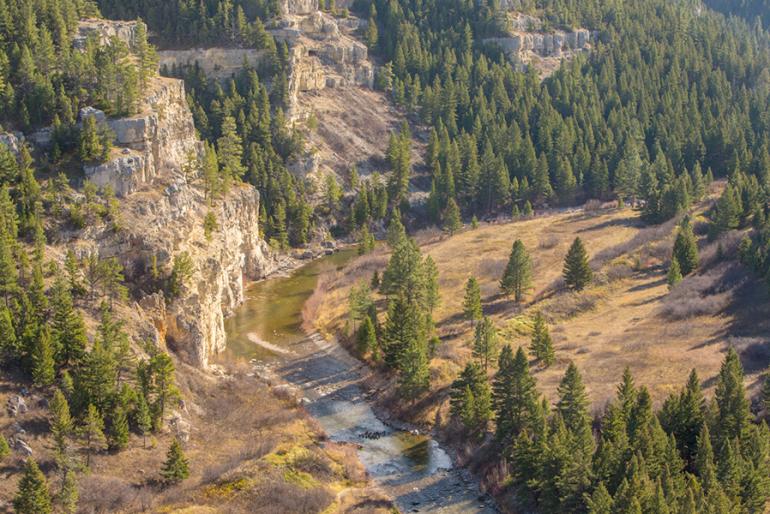
You of course understand that we settle the Indian troubles this season—ah, the serene assurance of it!
Indian troubles along the Bozeman Trail hadn’t even really begun. There were graves of white men along that road already in June, 1865, when Dodge wrote that letter. But there would be more, many more, and General Connor never had a chance to shake his finger at the Sioux and threaten to “precipitate our whole force on them.” He was lucky to get out of the Powder River country as well as he did. What the Indians fully understood was that hostilities weren’t going to cease until the palefaces agreed to stay out.

Both Sawyers and Connor had trouble with Indians. But that was by no means the only trouble they encountered. Government red tape encompassed them; if supplies were available, there weren’t enough wagons to haul them or the supplies were in the wrong place. Sawyers couldn’t get all the men he had been promised for an armed escort. Connors infuriated his superiors in the Army. And both ran into mutiny among their men.




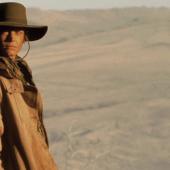
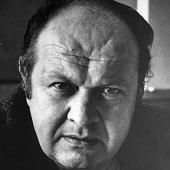


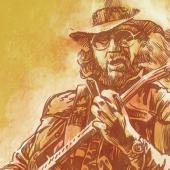
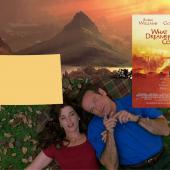

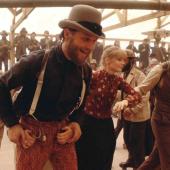
Leave a Comment Here